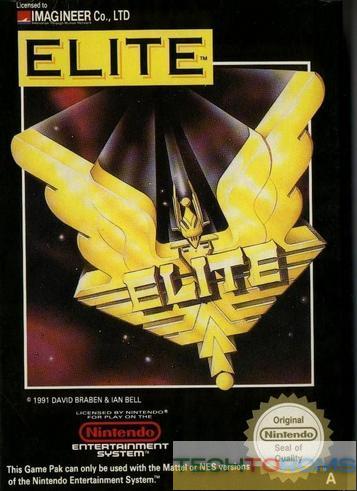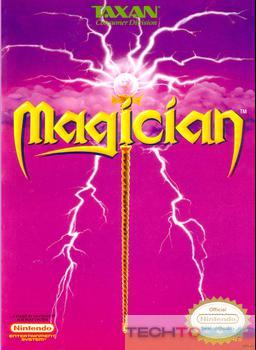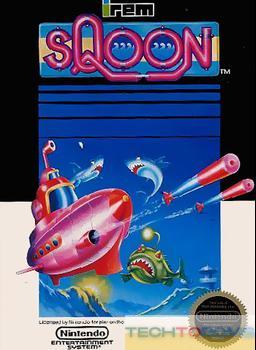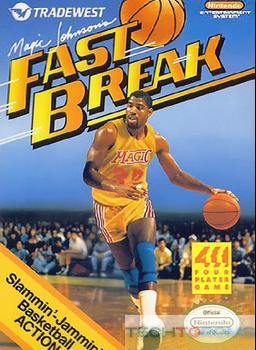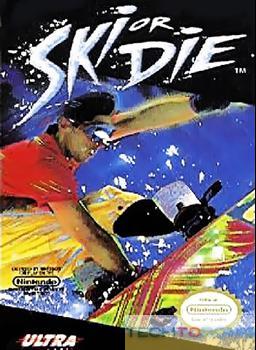
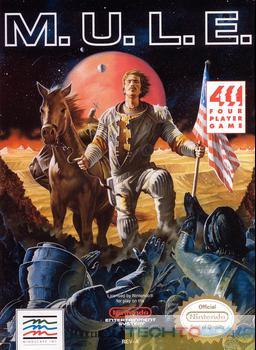
MULE Rom Download
February 15, 2024
US
69.5 kB
14
Gaming enthusiasts of a certain vintage will wax lyrical about the golden age of video games, an era that saw an explosion in the diversity and creativity of game design. It’s the 1980s, we’re at the zenith of the arcade culture, and home consoles are bringing the arcade experience to living rooms worldwide. In this blog post, we delve into one such gem from the past, ‘Mule,’ originally released for the Atari 800 and now available for Nintendo (NES) – a testament to the timeless allure of classic video games.
The Legacy of Mule
Birth of a Classic
“M.U.L.E.” is a seminal multiplayer video game developed by Ozark Softscape and published by legendary publisher Electronic Arts. The brainchild of Dani Bunten Berry, a pioneer female game developer, M.U.L.E. uniquely combined elements of strategy, management, and real estate, creating a gaming experience that remains unparalleled in its genre.
Enhanced Gaming Realism
At a time when most games revolved around high-score chasing, ‘M.U.L.E.’ stood out for its rich storytelling potential and emergent gameplay. The simulation aspect – where players colonize the fictional planet of Irata and engage in economic competition by producing and trading goods – took gaming realism to a new level. The game’s acronym title stands for “Multiple Use Labor Element,” emphasizing the multifaceted gameplay.
The NES Pac-Man Effect
Pushing Boundaries
NES, or Nintendo Entertainment System, was a groundbreaking early console that had a significant impact on the video game industry, effectively reviving the North American market after the video game crash of 1983. With titles like ‘Super Mario Bros.’ and ‘The Legend of Zelda,’ the NES established the standards of successful game design and created a benchmark for the industry.
M.U.L.E. on NES
The NES version of ‘M.U.L.E.’ was a port of the original Atari release with some adjustments for the new hardware. Although it lacked the advanced graphics and sounds of its computer-based predecessor, the game still managed to capture the essence of strategic resource management and collaborative or combative economic competition that made the original so compelling.
Retro Gaming Today
A Fervent Community
While the technology has progressed, there is a growing community of enthusiasts who seek out, collect, and celebrate the games of yesteryear. Retro gaming has become a cult movement, where the preservation of these timeless classics is as important as the enjoyment of playing them, whether for nostalgic reasons or to explore the roots of contemporary gaming principles.
M.U.L.E. In Modern Context
Today, playing ‘M.U.L.E.’ on the NES emulator stirs up the delightful blend of nostalgia and appreciation for game design that was ahead of its time. Its unique blend of elements still resonates strongly amidst modern games, proving that great gameplay can transcend graphical fidelity and remain engaging decades later.
Collecting and Playing M.U.L.E.
The Quest for Authenticity
For hardcore collectors, owning an original copy of ‘M.U.L.E.’ for the NES – box, manual, and cartridge – is a quest for authenticity. The tactile feel of the buttons, the ritual of cartridge blowing, and the hum of an old CRT television resound as sensory experiences bound up with the actual gaming.
The Accessibility of ROMs
However, the rise of digital preservation has also made classic games more accessible. The availability of ROMs for emulators offers a chance for a new generation to experience these vintage titles. While debates on the legality and morality of emulation and ROM distribution continue, there is no doubt that these tools are powerful educational resources and ways for fans to replay their favorite games.
M.U.L.E. and the New Generation
Introducing Classic Games to Kids
Introducing classic games like ‘M.U.L.E.’ to kids today can open up a world of retro technology and game design for them to explore. The simplicity of the graphics and gameplay mechanics can serve as a stark contrast to the complex and polarized world of modern gaming, offering insights into the roots of an artform continually evolving.
Bridging Generations
Playing M.U.L.E. with younger family members can bridge generational gaps. It becomes not just an introduction to video game history but a shared experience that provides opportunities for discussion and an exchange of perspectives on how games have evolved over time.
The Longevity of Procedural Storytelling
Emergent Narratives
M.U.L.E.’s “emergent narrative” demonstrated how games could create stories different each time you played. The random start environment, combined with human and AI competition, led to outcomes that often felt like unique narratives. This dynamic has become increasingly popular, indicating how ‘M.U.L.E.’ was ahead of its time in the gaming world’s dual allure of randomness and story in gameplay.
The Influence of ‘M.U.L.E.’
The legacy of ‘M.U.L.E.’ can be seen in games today that tout cooperative and competitive multiplayer modes, emphasize strategic resource management, and even extend to MMORPG game design and the esports industry. The lessons it taught in balancing collaboration and competition are just as relevant today, underscoring the game’s enduring legacy.
Conclusion: Gaming’s Timeless Appeal
The story of ‘M.U.L.E.’ on the NES is more than just a trip down memory lane. It’s a testament to the craftsmanship and innovation that defined the golden age of gaming and a reminder that the gaming experience is not solely about technology and visuals, but about the universal human stories we tell and the experiences we share. The modern gaming industry can trace its roots directly back to the foundational concepts ‘M.U.L.E.’ put into play. In a world awash with the latest technology and trends, ‘M.U.L.E.’ on the NES stands as a beacon for the timeless lessons of gameplay and the value of our shared gaming heritage.
SEE MORE INTERESTING GAMES

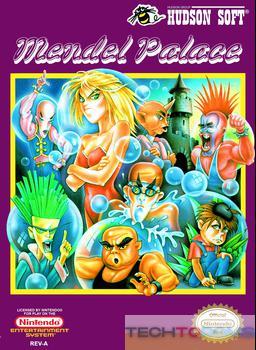

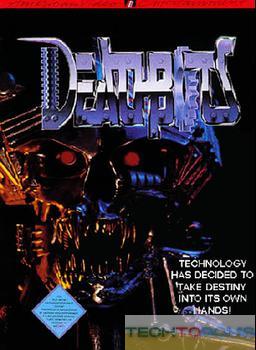

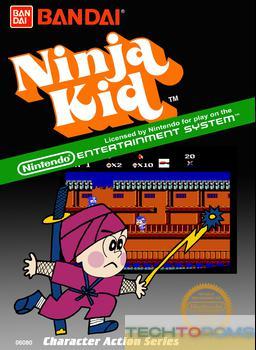

![Dragon Ball Z 2 – Gekishin Freeza!! [hFFE]](https://nyc3.digitaloceanspaces.com/techtoroms.com/2024/04/image.png?v=1713839658)
